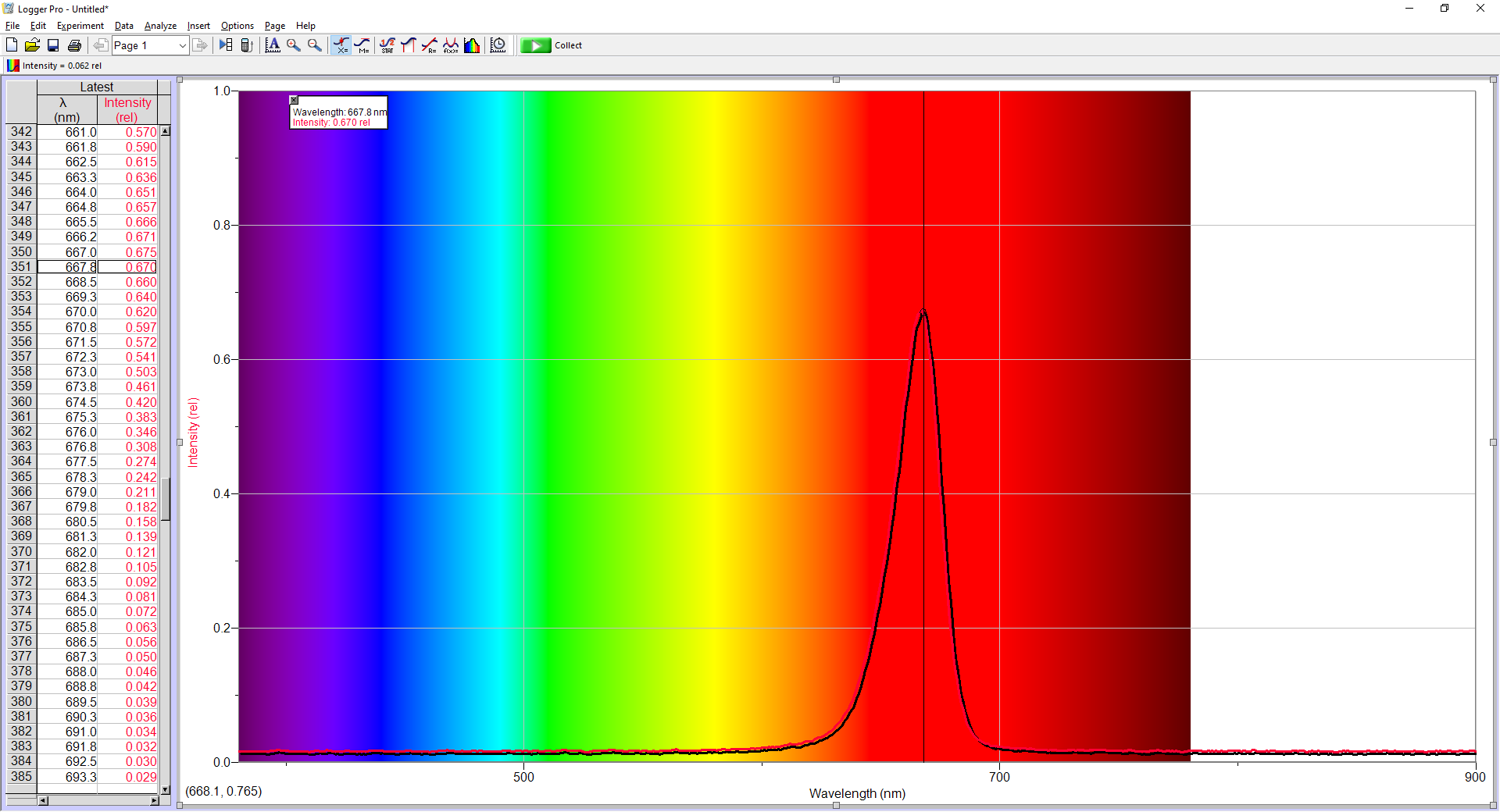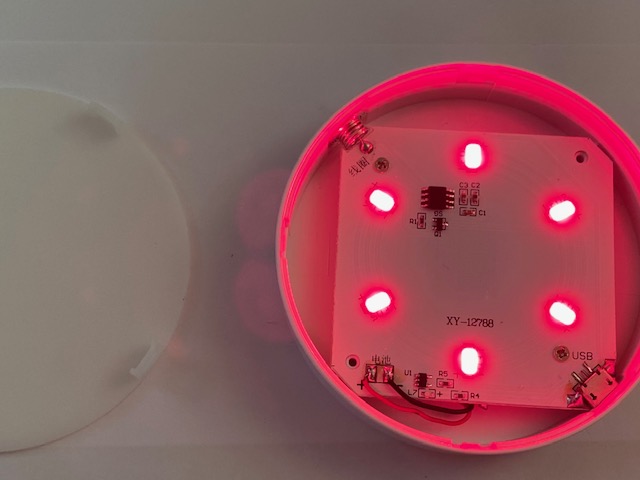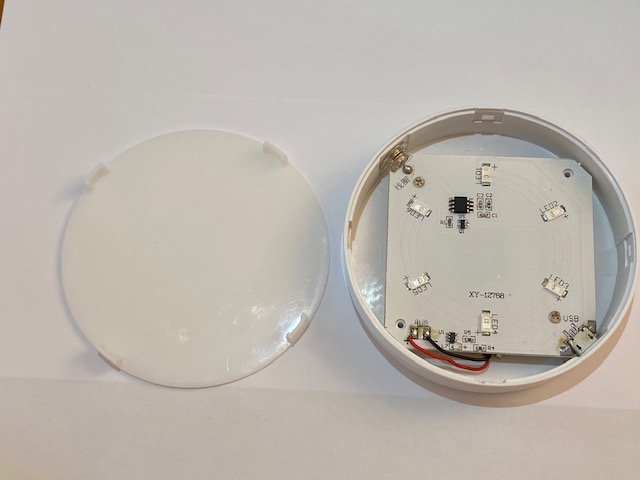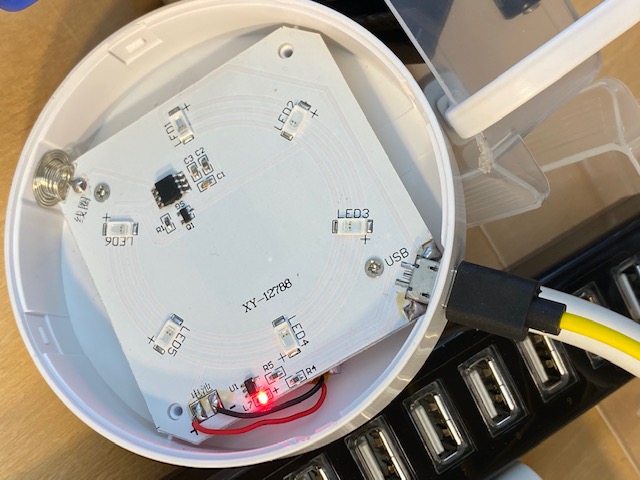|
|
|
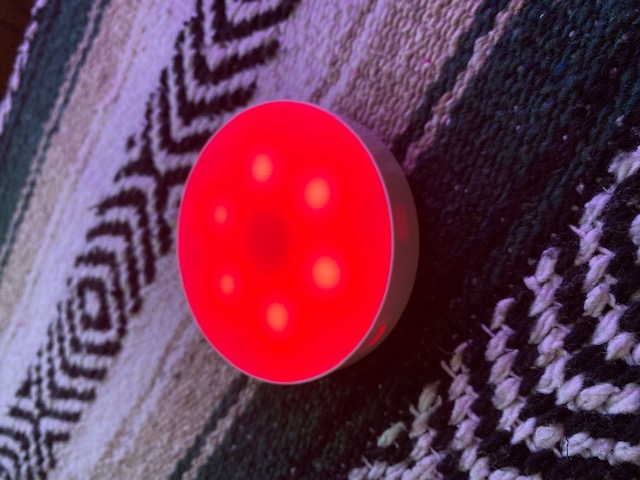
Red Light Therapy at 660nm improves eyesight
|
Photobiomodulation for the treatment of retinal diseases
Photobiomodulation (PBM), also known as low level laser therapy, has recently risen to the attention of the ophthalmology community as a promising new approach to treat a variety of retinal conditions including age-related macular degeneration, retinopathy of prematurity, diabetic retinopathy, Leber's hereditary optic neuropathy, amblyopia, methanol-induced retinal damage, and possibly others. This review evaluates the existing research pertaining to PBM applications in the retina, with a focus on the mechanisms of action and clinical outcomes. All available literature until April 2015 was reviewed using PubMed and the following keywords: photobiomodulation AND retina, low level light therapy AND retina, low level laser therapy AND retina, and FR/NIR therapy AND retina. In addition, the relevant references listed within the papers identified through PubMed were incorporated. The literature supports the conclusion that the low-cost and non-invasive nature of PBM, coupled with the first promising clinical reports and the numerous preclinical-studies in animal models, make PBM well-poised to become an important player in the treatment of a wide range of retinal disorders. Nevertheless, large-scale clinical trials will be necessary to establish the PBM therapeutic ranges for the various retinal diseases, as well as to gain a deeper understanding of its mechanisms of action. Keywords: photobiomodulation, low level laser therapy, age related macular degeneration, retinopathy of prematurity, far red to near-infrared, retinal degeneration, amblyopia, retinitis pigmentosa, methanol toxicity
Photobiomodulation for the treatment of retinal diseases (science link)
|
